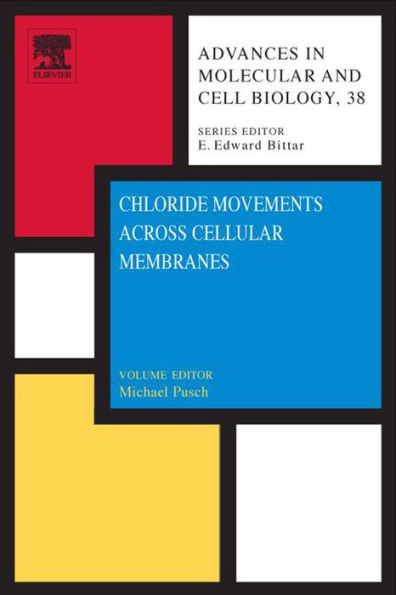Table of Contents
Chapter 1: Chloride–Transporting Proteins in Mammalian Organisms: An Overview
Chapter 2: Physiological Functions of the CLC Chloride Transport Proteins
Chapter 3: Structure and Function of CLC Chloride Channels and Transporters
Chapter 4: Pharmacology of CLC Chloride Channels and Transporters
Chapter 5: The Physiology and Pharmacology of the CFTR Cl- Channel
Chapter 6: Gating of Cystic Fibrosis Transmembrane Conductance Regulator Chloride Channel
Chapter 7: Functional Properties of Ca2+–Dependent Cl- Channels and Bestrophins: Do They Correlate?
Chapter 8: Cell Volume Homeostasis: The Role of Volume–Sensitive Chloride Channels
Chapter 9: GABAergic Synaptic Transmission
Chapter 10: Physiology of Cation–Chloride Cotransporters
Chapter 11: Plasma Membrane Cl-/HCO3- Exchange Proteins
Chapter 12: Orchestration of Vectorial Chloride Transport by Epithelia
Index



